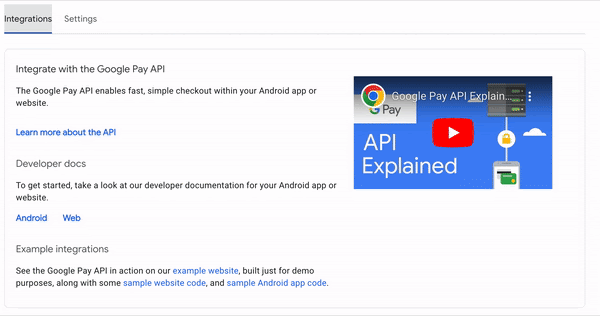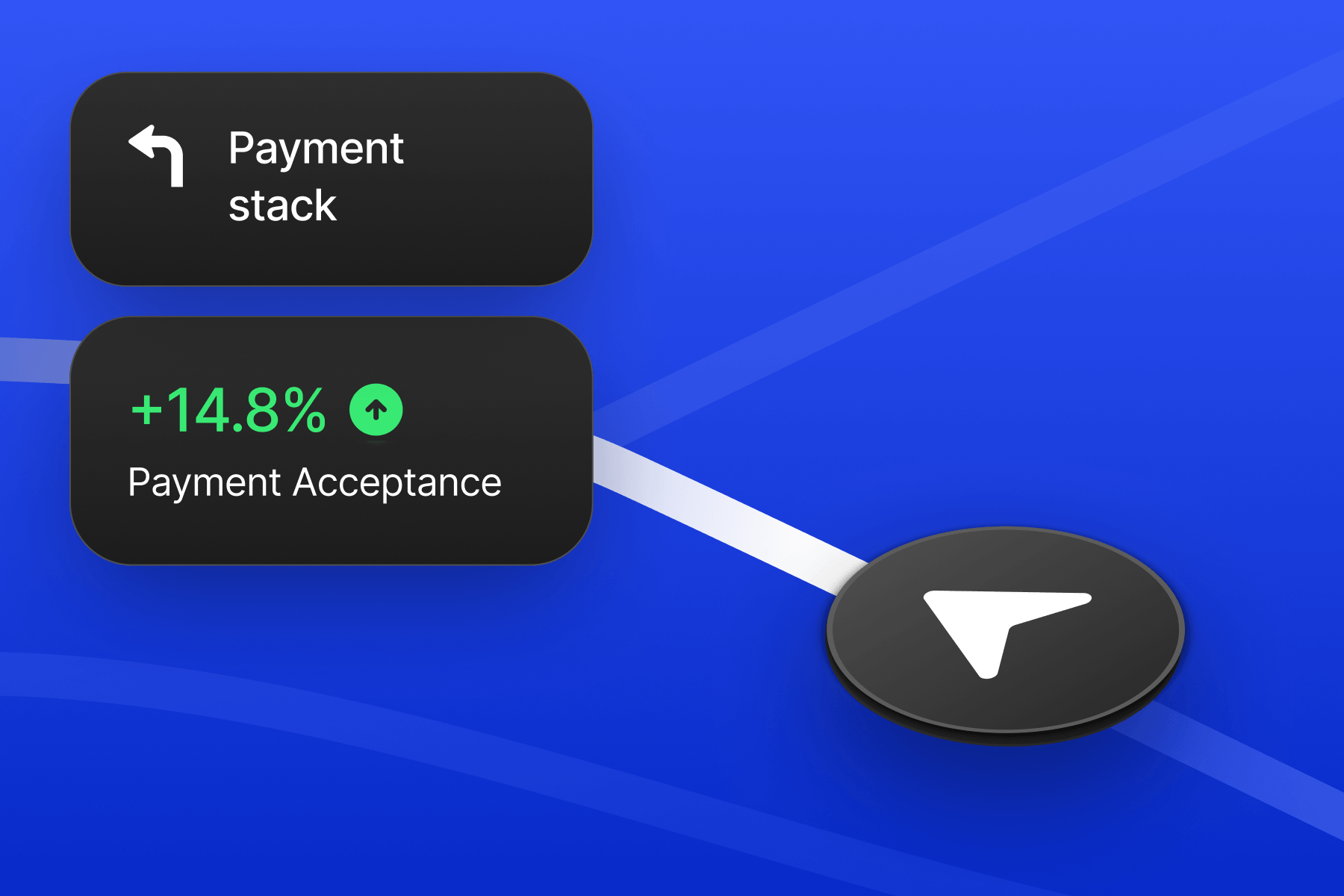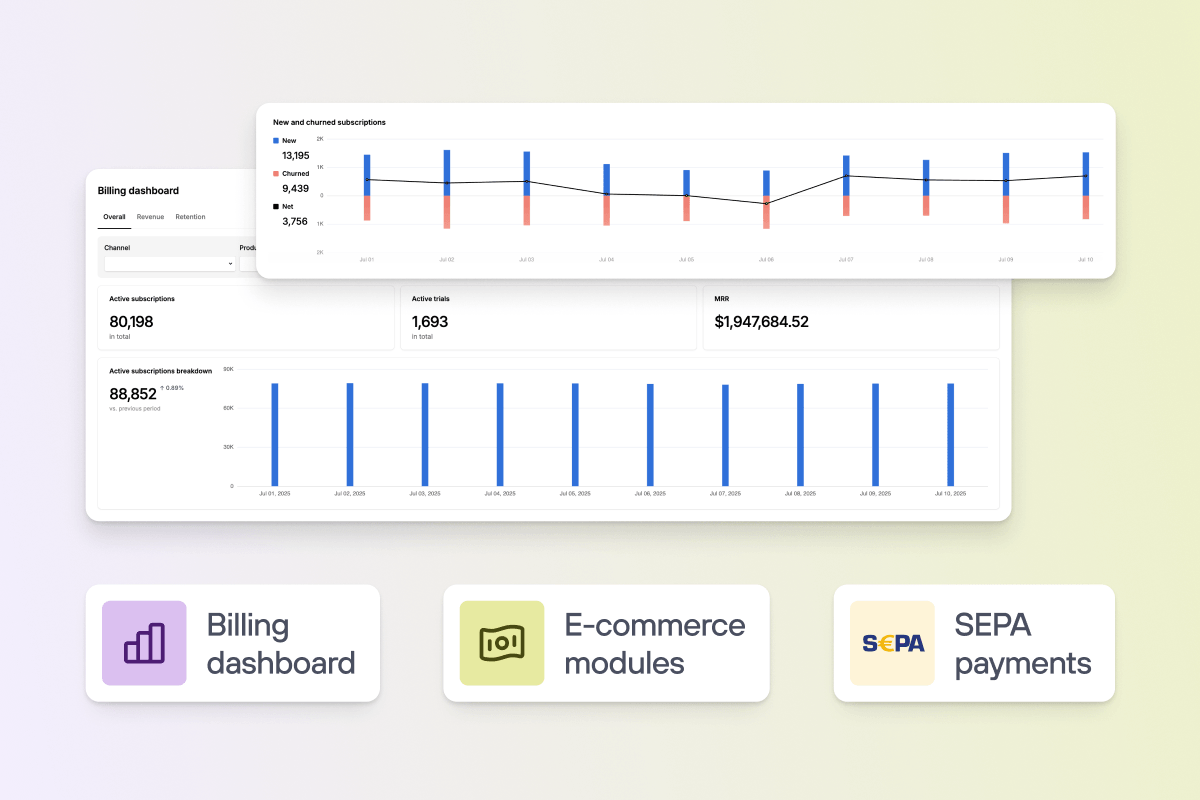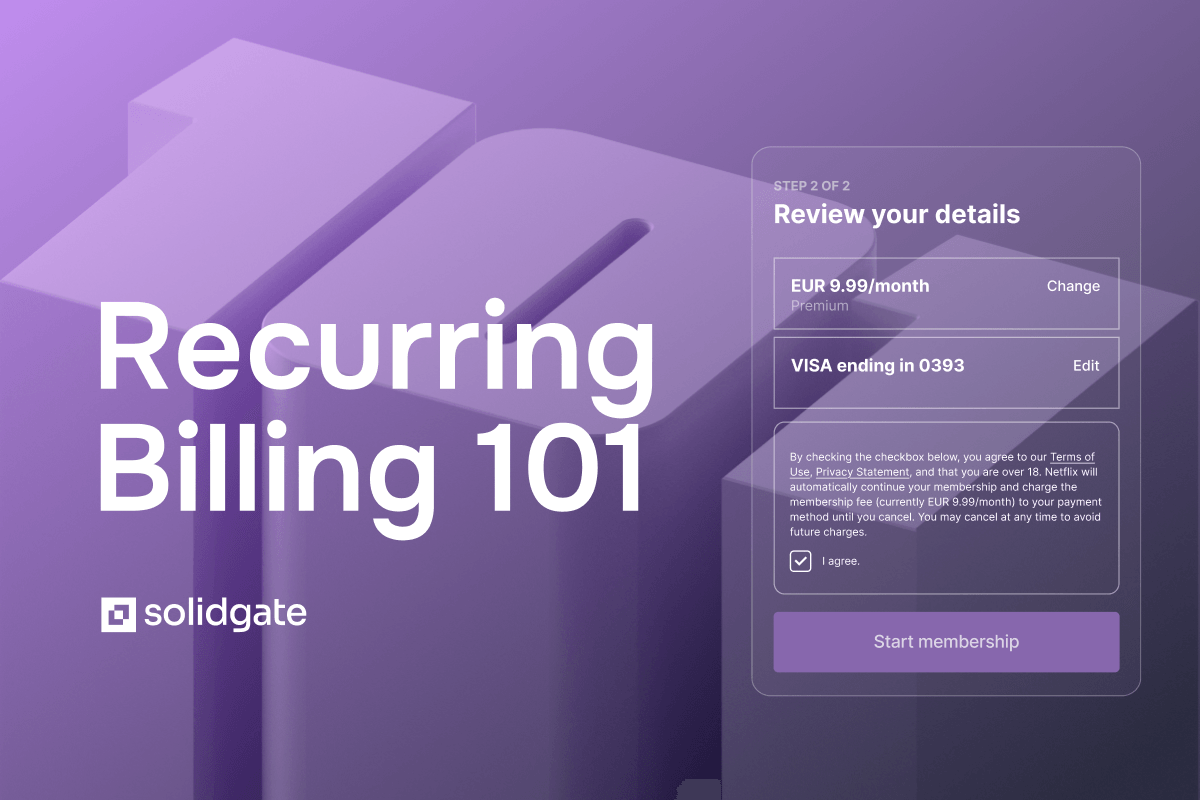Google Pay liability shift update—Now available for non-EU Visa cards
Industry
18 Apr 2024
2 min

Smarter security, reduced costs, and stronger approvals—enable liability shift for Google Pay DPAN. Merchants gain fraud protection while issuers cover losses.
Starting February 2024, cards issued outside the European Union are eligible for a for Google Pay Visa device token (DPAN) transactions. Merchants outside of Europe can opt to activate the liability shift feature for their eligible Visa DPAN transactions, transferring the responsibility of covering losses from fraudulent transactions to card issuers. For Mastercard DPAN transactions and Visa DPAN transactions involving EU-based card issuers, the liability shift is automatically applied.
Read on for more details and instructions on enabling the liability shift feature for your Visa Google Pay transactions.
How to activate liability shift for Google Pay non-EU cards
For merchants integrated through the Payment Form or H2H:
- Sign in to your .
- Go to the Google Pay API tab.
- Go to the Settings tab.
- Enable Fraud liability protection for Visa device tokens.

For merchants integrated through the Payment Page:
- No action is required on your part. Solidgate will handle the activation for you.
Important: If you’re directly integrated with GooglePay, ensure that you pass a correct total price for Android and Web. Transactions where totalPrice for and is unspecified or set to $0 can’t be processed through Google Pay API. Providing an accurate price will also prevent any confusion for your customers, as they might be able to see the total amount in the payment window. |
Transactions that don’t qualify for a liability shift
In the US, Visa excludes certain transactions from getting a liability shift:

How this change affects customer payment flow
The user payment flow remains unchanged for transactions within the European Economic Area (EEA), where Strong Customer Authentication (SCA) is enforced automatically. However, enabling liability shift for transactions outside of the EEA requires users to complete an additional authentication step during checkout, which might slightly impact the checkout experience.
According to Solidgate’s data, we have observed a minor adjustment in our merchants’ payment flow:
The median time for non-EEA users to complete the payment process (from clicking the Google Pay button to confirming the payment) increased by 2-3 seconds.
Overall, activating this feature has not adversely affected the payment flow for our merchants and their customers.
Frequently asked questions
The liability shift is the transfer of liability that happens when the party with the less secure technology becomes responsible for covering losses resulting from fraudulent chargebacks. This change occurs by implementing an extra layer of security, like the EMV chip for in-person transactions or 3D security protocols for online transactions.
Reduced chargeback costs: The responsibility for any fraudulent transactions falls on the card issuer, which alleviates the financial burden on the merchants. Learn more about .
Improved customer trust: Customers are more likely to trust services that protect their financial information.
Higher payment acceptance rates: Transactions authenticated through 3D Secure are less likely to be fraudulent, which increases the chances of the transaction being approved by issuers.
If you use gateway integration like , you don’t have visibility into the liability shift status. In this case, you can request a liability shift report from your . Merchants with direct integration easily access this information by looking at the
three_ds: eci field, which should be equal to 05 for Visa device tokens.Recent articles










